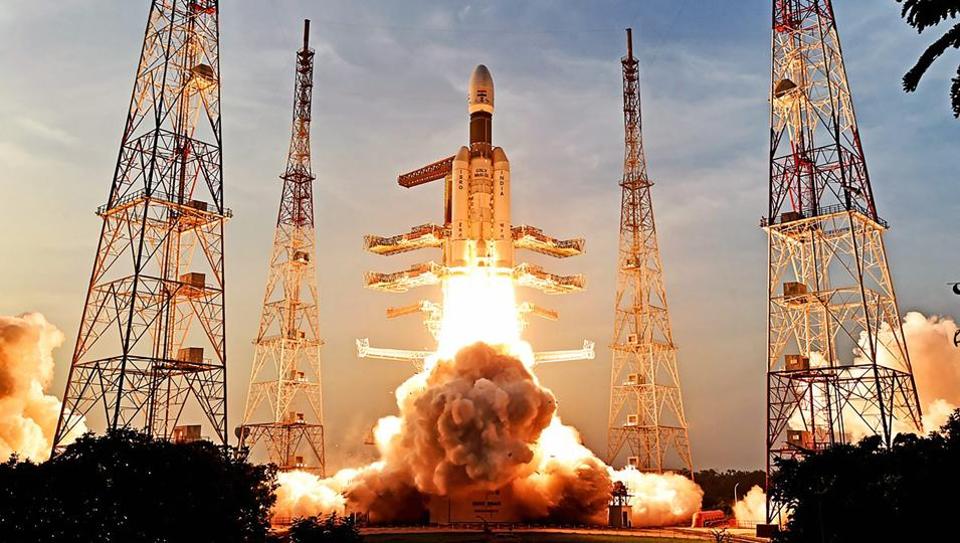SOURCE: AFI

In the annals of space exploration, India’s journey to the stars is a tale of remarkable ambition, ingenuity, and resilience. A recent book sheds light on the lesser-known but crucial contributors to India’s first rocket projects, offering an enriching perspective on the collective effort that powered the nation’s ascent into the space age.
India’s foray into rocketry began in the early 1960s, a time when the nation was still grappling with the challenges of post-independence reconstruction. Amidst this backdrop, a dedicated group of scientists and engineers, often working with limited resources, laid the foundation for what would eventually become the Indian Space Research Organisation (ISRO).
Dr. Vikram Sarabhai, often hailed as the father of the Indian space program, envisioned the use of space technology for national development. Under his visionary leadership, the Indian National Committee for Space Research (INCOSPAR) was established in 1962. This marked the beginning of a journey that would transform India into a prominent player in space exploration.
While the names of pioneers like Dr. Sarabhai and Dr. A.P.J. Abdul Kalam are well-known, the new book delves into the stories of many unsung heroes who played pivotal roles behind the scenes. These include engineers, technicians, and support staff whose contributions were instrumental in overcoming the myriad technical challenges faced during the early days of rocket development.
One notable figure is H.G.S. Murthy, who was appointed the first director of the Thumba Equatorial Rocket Launching Station (TERLS) in Kerala. Murthy’s leadership and technical acumen were crucial in establishing TERLS, which became the hub of India’s initial rocket launches. His efforts were complemented by a dedicated team that worked tirelessly to ensure the success of the early missions.
The initial rocket launches at Thumba were a testament to the ingenuity and resourcefulness of the Indian scientists. The first sounding rocket, Nike-Apache, was launched on November 21, 1963. The story goes that the components of the rocket were transported on bicycles and bullock carts, and the launch pad was set up on a church grounds with the church serving as the main office.
The early rockets were often assembled with parts sourced from various industries, showcasing a remarkable ability to innovate with limited resources. This period also saw the involvement of local fishermen and villagers, who provided invaluable support in the logistics and assembly of the rockets, highlighting the community spirit that underpinned these pioneering efforts.
The efforts of these early pioneers laid the groundwork for subsequent achievements in India’s space program. The successful launches of the Rohini series of sounding rockets provided critical data for atmospheric and meteorological studies. This eventually led to the development of more advanced launch vehicles, culminating in the Polar Satellite Launch Vehicle (PSLV) and the Geosynchronous Satellite Launch Vehicle (GSLV).
The book also emphasizes the importance of international collaboration. In the initial years, India received significant technical assistance from countries like the United States, France, and the Soviet Union. These collaborations not only provided crucial expertise but also helped in fostering a culture of innovation and excellence within ISRO.
The story of India’s early rocket program is a poignant reminder of the power of collective effort and the importance of recognizing the contributions of every individual involved. The book serves as a tribute to the unsung heroes whose dedication and hard work laid the foundation for India’s space ambitions.
As India continues to make strides in space exploration, the legacy of these pioneers lives on. Their story is a testament to what can be achieved through vision, perseverance, and the collective spirit of a nation. The new book is not just a chronicle of historical events but an inspiring narrative that underscores the value of every contributor in the journey to the stars.